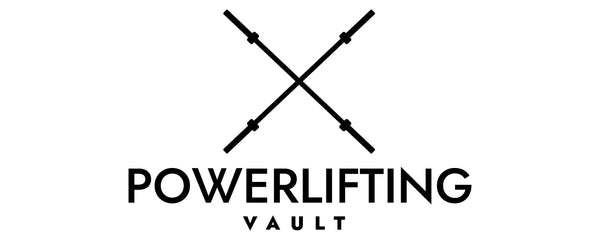Common mistakes to avoid when using a lever belt
A lever belt is a valuable tool for weightlifters of all levels. It can help to improve lifting performance, reduce the risk of injury, and improve lifting technique. However, it is important to avoid making common mistakes when using a lever belt in order to reap the benefits.
Here are some common mistakes to avoid when using a lever belt:
1. Not wearing the belt properly. The belt should be positioned so that it sits on your lower back, just above your hips. It should also be snug but not too tight. If the belt is too loose, it will not provide adequate support. If the belt is too tight, it can restrict your breathing and movement.
To wear a lever belt properly, follow these steps:
- Position the belt on your lower back, just above your hips.
- Wrap the belt around your waist and tighten it until it is snug but not too tight. You should be able to breathe deeply and brace your core comfortably.
- Secure the belt using the buckle or lever closure.
- Take a deep breath and brace your core before performing a lift.
- Release the belt slowly and carefully after the lift.
2. Not breathing properly. When lifting weights with a belt, it is important to take a deep breath and brace your core before the lift. This will help to create intra-abdominal pressure (IAP), which will help to stabilize your spine and core. IAP is essential for maintaining proper form and preventing injury.
To brace your core, follow these steps:
- Take a deep breath and hold it.
- Engage your abdominal muscles as if you were trying to pull your belly button towards your spine.
- Maintain this core engagement throughout the lift.
- Release the breath slowly after the lift.
3. Not using the belt for all lifts. A lever belt can be used for a variety of lifts, including squats, deadlifts, bench presses, and overhead presses. However, some lifters only use a belt for the heaviest lifts. It is important to use a belt for all lifts to help reduce the risk of injury.
4. Not caring for the belt properly. A lever belt needs to be properly cleaned and cared for in order to last. Be sure to wipe down the belt with a damp cloth after each use and apply a small amount of leather conditioner every few months. This will help to keep the leather soft and supple, and prolong the life of the belt.
5. Not warming up before using the belt. It is important to warm up your body before using a lever belt, especially if you are lifting heavy weights. Warming up will help to prepare your body for the lift and reduce the risk of injury.
6. Not using the belt consistently. In order to reap the benefits of using a lever belt, it is important to use it consistently. This means using the belt for all of your heavy lifts, even if you are not feeling particularly strong on a given day.
7. Not using the belt correctly. When using a lever belt, it is important to engage your core and brace properly before the lift. This will help to create IAP and stabilize your spine. You should also release the belt slowly and carefully after the lift.
8. Not using the right size belt. A lever belt should be snug but not too tight. It should also be the right size for your waist circumference. If the belt is too small, it will be uncomfortable and restrictive. If the belt is too large, it will not provide adequate support.
9. Not using the belt for the right lifts. A lever belt is most beneficial for compound lifts that require a lot of core engagement, such as squats, deadlifts, and overhead presses. It is less beneficial for isolation lifts, such as bicep curls and tricep extensions.
10. Not using the belt with the right form. It is important to maintain proper form when using a lever belt. If you are using the belt with poor form, you are more likely to get injured.
11. Not using the belt with the right weight. A lever belt is most beneficial when lifting heavy weights. If you are using the belt with light weights, you will not see much benefit.
12. Not using the belt with the right accessories. A lever belt can be used with other accessories, such as knee sleeves and wrist wraps. However, it is important to make sure that the accessories you are using are compatible with the belt.
13. Not using the belt with the right mindset. A lever belt is a tool that can help you to lift heavier weights and improve your performance. However, it is important to remember that the belt is not a magic bullet. You still need to put in the hard work and dedication to see results.
